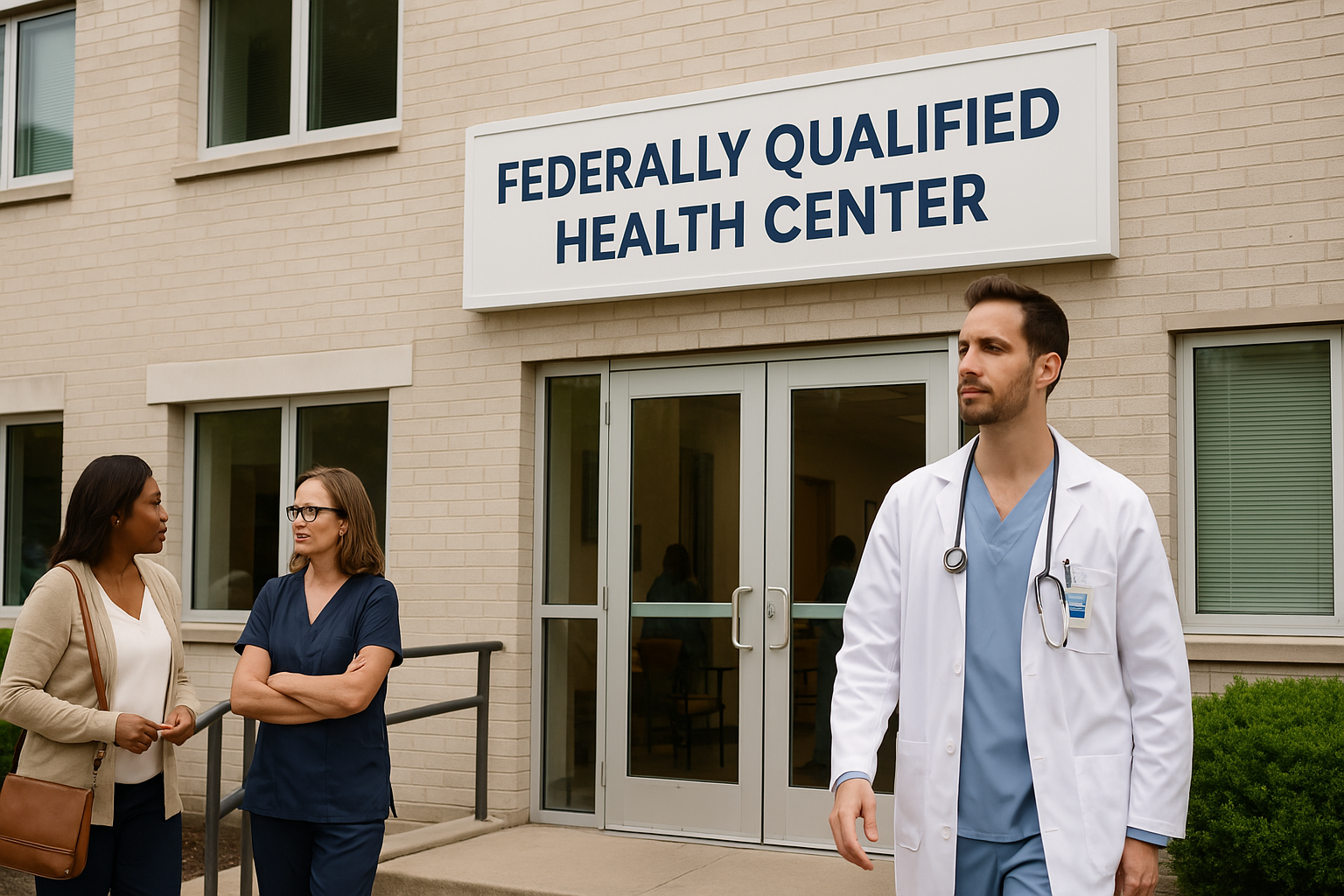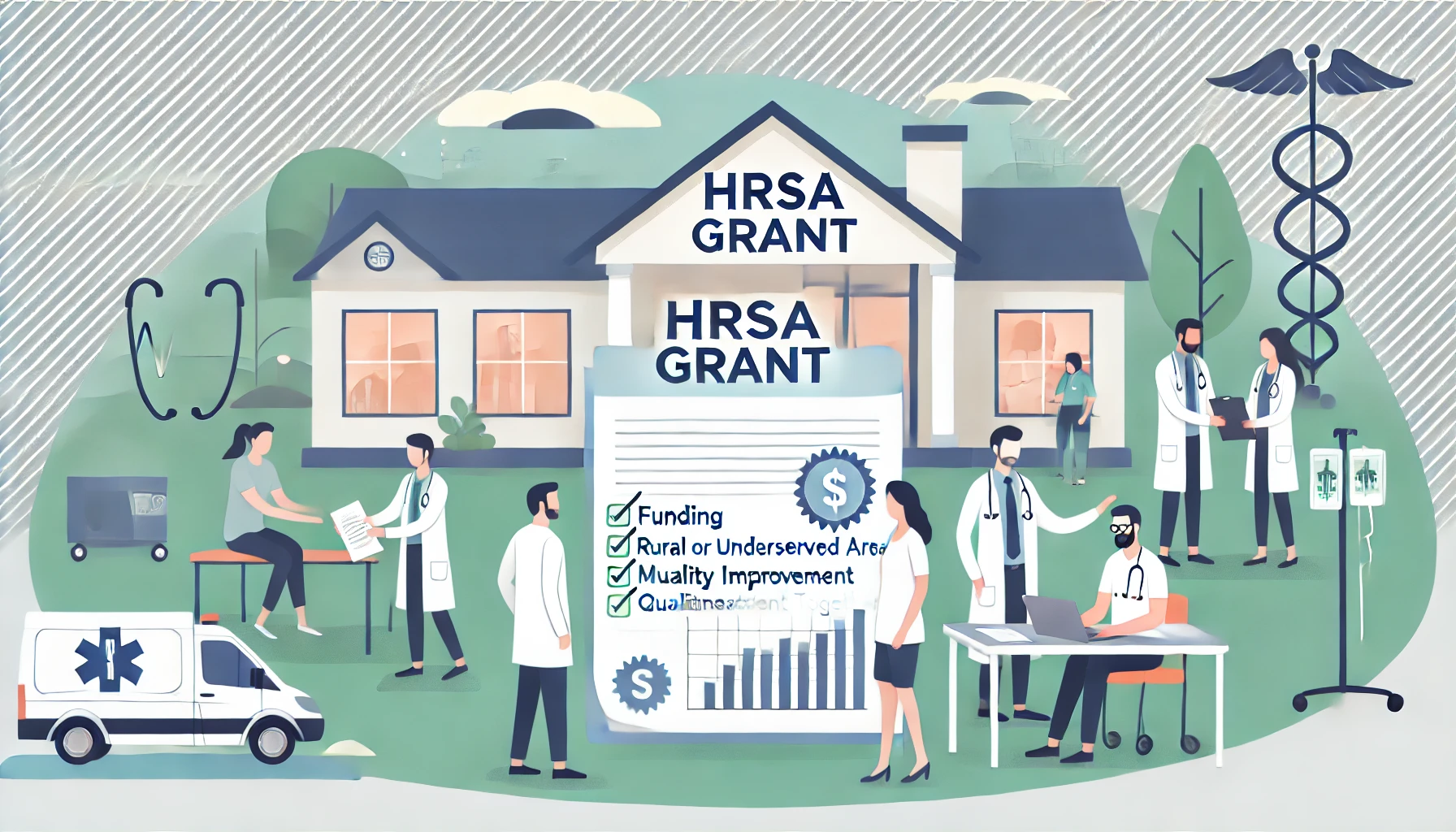
Table of Contents

HRSA's $60M Boost: How Community Health Centers Are Expanding Access to Care Around the Clock
HRSA invests $60M to expand community health center hours in 38 states, offering more accessible care for underserved populations after traditional business hours.
HRSA's $60M Boost: How Community Health Centers Are Expanding Access to Care Around the Clock
In a significant move to address healthcare accessibility, the Health Resources and Services Administration (HRSA) has announced a substantial $60 million investment in community health centers nationwide. This funding initiative, detailed in a recent Fierce Healthcare article, promises to transform how underserved communities receive medical care.
Understanding the Funding Landscape
The funding is part of a strategic effort to address critical healthcare gaps, particularly in areas with limited medical resources. As stated in the original article, "The funding will support 179 organizations in 38 states, the District of Columbia, and U.S. territories". This widespread approach suggests a comprehensive strategy to improve healthcare accessibility across diverse geographic regions.
Key Objectives of the Investment
The primary goals of this funding initiative include:
- Extending health center operating hours
- Improving after-hours and weekend medical services
- Reducing emergency room overcrowding
- Providing more convenient healthcare options for working individuals
The Broader Impact on Community Healthcare
While the investment is promising, it raises important questions about the long-term sustainability of such initiatives. Community health centers have long been critical infrastructure for healthcare delivery, especially in rural and underserved urban areas. However, the challenges they face are complex and multifaceted.
Potential Challenges and Considerations
The expanded hours model presents both opportunities and potential complications:
- Staffing challenges in maintaining extended hours
- Additional operational costs
- Ensuring quality of care during non-traditional hours
- Balancing resource allocation
Financial Implications and Healthcare Equity
The $60 million investment represents more than just a monetary figure—it's a statement about healthcare accessibility. By enabling community health centers to operate beyond traditional hours, the HRSA is addressing a critical gap in medical service delivery.
The original article highlights that "The funding will help health centers expand their hours of operation to serve patients outside of traditional business hours". This approach could be particularly transformative for working-class individuals who struggle to access healthcare during standard clinic times.
Economic and Social Considerations
The initiative touches on broader socioeconomic issues:
- Reducing workplace productivity loss due to medical appointments
- Providing more flexible healthcare options
- Supporting individuals with limited scheduling flexibility
- Potentially reducing overall healthcare system strain
Looking Forward: Questions and Potential
While the HRSA's investment is undoubtedly positive, it also prompts critical reflections on healthcare delivery. How sustainable are these expanded hours? Will the additional funding truly translate to improved patient outcomes?
The answers aren't straightforward. Success will depend on:
- Effective implementation strategies
- Quality of healthcare professionals recruited
- Community engagement and utilization
- Continuous evaluation and adaptation
Conclusion: A Step Towards Comprehensive Care
The HRSA's $60 million investment represents a nuanced approach to addressing healthcare accessibility. It's not a complete solution, but a significant step towards more flexible, patient-centered medical services.
As community health centers adapt and expand, they have the potential to reshape how we conceptualize healthcare delivery. The true measure of success will be not just in extended hours, but in tangibly improved health outcomes for underserved populations.

Why Every Hospital Needs a Quality and Patient Safety Program
Every hospital needs a quality and patient safety program to reduce harm, improve care, and foster a culture of accountability.
.png)
.png)

HRSA FQHC Requirements: A Comprehensive Guide for Healthcare Providers
When it comes to federally qualified health center requirements, there’s no shortage of regulations, expectations, and—depending on your perspective—opportunities.
.png)
.png)

Unlocking Funding: A Guide to Health Resources and Services Administration (HRSA) Grants
Use HRSA grants to fund external peer review programs that enhance care quality, reduce bias, and support compliance in health centers.
.png)
.png)



.png)
.png)
.png)






.png)